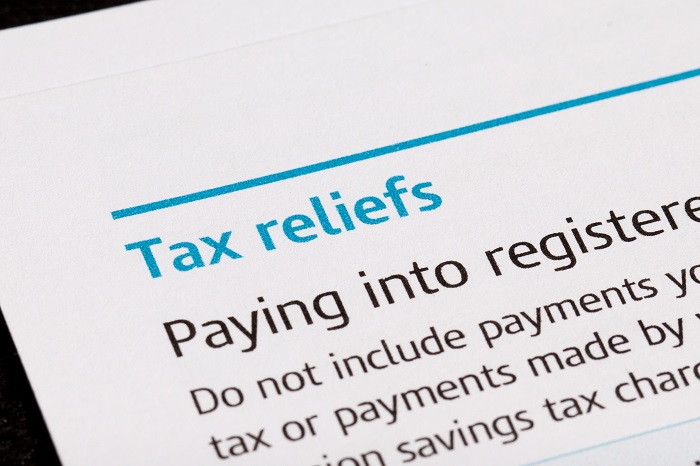The Treasury is in the early stages of investigating the proposal, which would help chancellor Philip Hammond raise money for the NHS and other overstretched areas of public spending, according to an article by newspaper The Times.
£20bn pledge
In June, prime minister Theresa May tasked Hammond with finding ways to fund the government’s £20bn pledge for the NHS.
Other measures currently being considered by Hammond include scrapping the planned 17% coporation tax cut in 2020 and ending the eight-year freeze on fuel duty.
Think tank The Resolution Foundation told The Times that a 25% flat rate would raise about £4bn a year for the exchequer.
Further, in May 2018, the government said it was considering a plan that would mean pensioners still working could have to pay National Insurance (NI) contributions to help fund their care in later life.
Pensions tax relief, which is currently assigned in line with a person’s marginal rate, cost the government last year about £40bn.
Not the first
A flat-rate pension tax has been considered by previous governments. In 2015, then-chancellor George Osborne floated major reforms that included a flat-rate, however the idea was shelved after opposition from Conservative backbenchers.
While in July 2016, former UK pensions minister Ros Altman sent an open letter to prime minister May calling for a flat-rate tax to be introduced.
“Our present ineffective and complex incentive structure for pension saving costs over £40bn a year. It favours the highest earners disproportionately, while leaving lower earners seriously disadvantaged,” Altmann said at the time.
“We need a radical overhaul of incentives, which can offer more generous help than basic rate tax relief, but as a straightforward government pension contribution for all, and would end the discrimination against Britain’s lowest earners who are forced to pay at least 20% more for their pension than higher paid workers.” she said.








